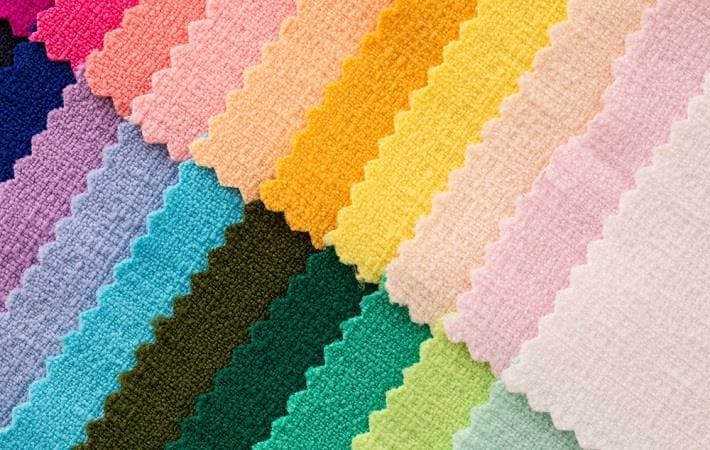Applied DNA Sciences, Inc, a leader in polymerase chain reaction (PCR)-based DNA manufacturing that enables in vitro diagnostics, pre-clinical nucleic acid-based therapeutic drug candidates, supply chain security, anti-counterfeiting and anti-theft technology, has entered into a supply agreement for its CertainT platform with ITW Pillar Technologies.
ITW Pillar Technologies, a division of Illinois Tool Works (ITW), leads the industry in new product development for the packaging, converting and plastic film-printing marketplace.
Under the terms of the agreement, Applied DNA will supply SigNature molecular tags and SigNify in-field authentication devices to Pillar for use on materials and products treated with Pillar’s patented plasma deposition technology. Said materials and products will carry Applied DNA’s CertainT trademark, representing authenticity, origin, traceability, sustainability, and quality that will bring transparency to Pillar’s customers’ supply chains and enable these customers promote traceability and trust in the materials used in their products.
Pillar’s systems are utilised by many of the leading manufacturers of N95 masks, gowns, and other equipment used by frontline healthcare practitioners. Plasma deposition technology allows for the finishing of textiles that imparts varying enhanced characteristics – wickability, breathability, ink and dye uptake, anti-microbial, hydrophobicity, etc – that are ecofriendly to apply relative to traditional wet-chemical processes.
The agreement supports Pillar’s strategy to combat the growing issue of counterfeit personal protective equipment (PPE) entering the healthcare supply chain as the COVID-19 pandemic increases demand and has grown to include other materials and products manufactured by Pillar’s customers.
Pillar personnel will be fully trained in the application of the unique molecular tags and in the use of the in-field authentication systems. Pillar will incorporate SigNature molecular tags into textiles including, but not limited to, polypropylene, cotton, recycled polyester, nylon, wool, and viscose for the manufacture of products, including those used in the manufacture of PPE. All tagged materials and products will be tracked via CertainT’s cloud-based portal for ease of access by Pillar and its customers.
“We believe our partnership with Applied DNA in the deployment of its CertainT platform across our manufacturing lines provides brands and manufacturers the most advanced and secure plasma-based systems available on the market globally. As the standard of proof and need for greater transparency continues to increase, so too does the need to have a scientific basis to support sustainability goals and ongoing commercial programmes. Our customers now have the complete solution that gives them formidable brand protection and assurance with forensic certainty,” said Rory Wolf, CEO of ITW Pillar Technologies. “We are especially pleased to offer definitive proof of the authenticity of PPE materials to customers at a time when COVID-19-fuelled demand has led to an influx of substandard and falsified product in the healthcare supply chain.”
“Pillar represents further adoption of our CertainT platform and another avenue for the commercialisation of our supply chain security solutions. Having validated and proven that our CertainT platform can work on a wide range of substrates with Pillar, the advancement in portable testing together with advancements in non-chemical applications for textiles and other materials provides a compelling solution for branded and proprietary products that require a trusted, market-ready solution,” said MeiLin Wan, VP-Textiles at Applied DNA.

